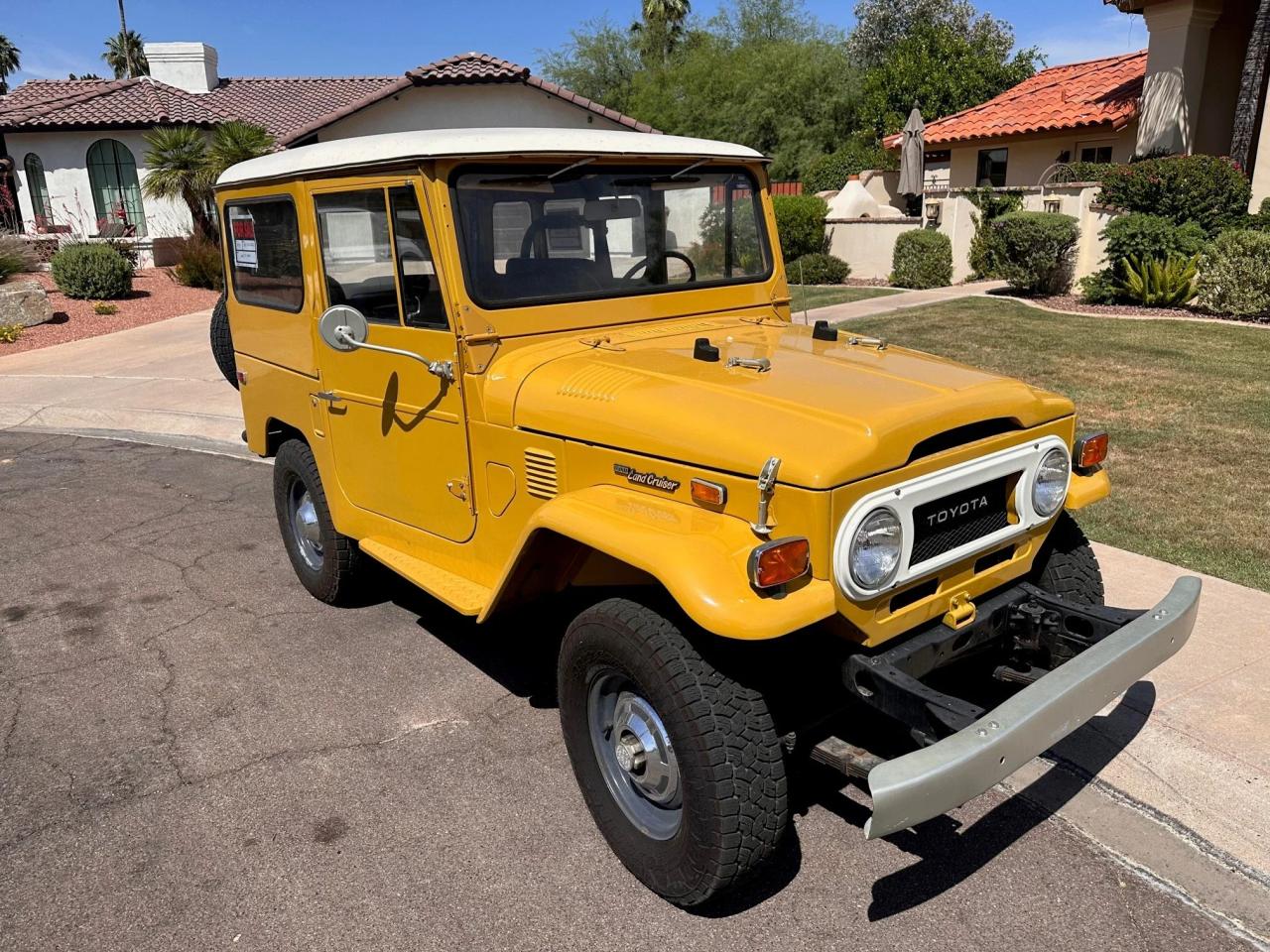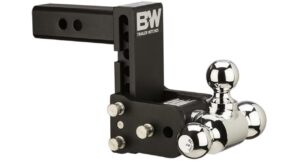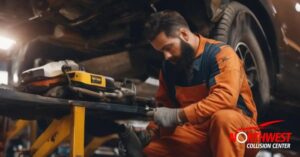
Classic cars for sale are like the fine wine of the automotive world, getting better with age and making every other car on the block look like a pumpkin in a carriage race. Whether you’re a grease monkey or just someone who appreciates the beauty of chrome and curves, the world of classic cars is bursting with stories, nostalgia, and the unmistakable scent of motor oil mixed with dreams.
From the iconic Mustangs to the elegant Cadillacs, classic cars are more than just vehicles; they are rolling pieces of history that have captured the hearts of many. The classification can be as tricky as finding a parking spot at a car show, with vintage, antique, and modern classics all vying for your attention. So buckle up as we dive into the fascinating universe of classic cars, their value, and how to buy or sell them like a pro!
Classic Cars Overview

Classic cars hold a unique place in the tapestry of automotive culture, representing not just a mode of transport but a lifestyle, a passion, and often a nostalgic journey back in time. These vehicles are cherished not just for their engineering but for the stories they tell and the memories they evoke. From the roaring engines of the 20th century to the elegant designs that have stood the test of time, classic cars are a celebration of innovation, artistry, and history on wheels.The significance of classic cars extends far beyond their aesthetic appeal.
They serve as tangible links to the past, encapsulating the technological advancements of their time and the societal shifts that accompanied them. Characteristics that define a classic car include age (typically over 20 years), a distinct style, and the ability to evoke nostalgia. Notably, popular models such as the Ford Mustang, Chevrolet Corvette, and Volkswagen Beetle exemplify the blend of design and performance that has captured the hearts of enthusiasts around the globe.
Classification of Classic Cars
The classification of classic cars is an art in itself, with distinctions based on age and characteristics that contribute to their unique charm. Understanding these classifications helps collectors and enthusiasts appreciate the different eras and innovations in automotive history. The main categories include:
- Vintage Cars: Typically manufactured between 1919 and 1930, vintage cars are the pioneers of the automotive industry. They represent the transition from horse-drawn carriages to motorized vehicles, often showcasing extravagant designs and craftsmanship. Picture a 1929 Bugatti Type 35, with its sleek lines and racing heritage, radiating elegance on every road.
- Antique Cars: Defined as vehicles older than 45 years, antique cars are valued for their rarity and historical significance. These cars often come with a story, like the 1914 Ford Model T that revolutionized transportation and made car ownership accessible to the masses. Imagine the joy of cruising in a restored Model T, feeling the wind in your hair and the spirit of the early 20th century surrounding you.
- Modern Classics: Cars that are at least 20 years old but less than 45 years old fall under this category. These vehicles blend the classic aesthetic with modern technology. Iconic examples include the 1984 Porsche 911 and the 1992 Jaguar XJ220, showcasing how performance can coexist with classic design. These cars are often seen as the bridge between the old and the new, appealing to both vintage enthusiasts and modern car lovers alike.
“Classic cars are not just about transportation; they are about the journey, the memories, and the thrill of the open road.”
Classic cars have transcended their utilitarian roots to become symbols of culture, innovation, and passion. Each category brings its own unique history and allure, inviting enthusiasts to explore not just the vehicles, but the eras they represent.
Buying and Selling Classic Cars
In the grand theatre of automotive nostalgia, buying and selling classic cars is akin to starring in your own dramatic production—complete with sweat, tears, and the occasional oil leak. Whether you’re seeking to add a gleaming beauty to your garage or offload a beloved relic of the past, there’s a plethora of knowledge required to navigate this intricate dance.
Evaluating the Condition of Classic Cars
Before you dive headfirst into the shimmering pool of classic cars, it’s crucial to evaluate their condition meticulously. After all, you wouldn’t want to buy a beautiful shell with a rusted core! Here are key aspects to examine:
- Exterior Inspection: Check for rust, dents, and paint quality. A shiny coat might be hiding a multitude of sins underneath. Run your fingers over the bodywork; if it feels like a road trip after too many burritos, you might need to walk away.
- Interior Assessment: Look for wear and tear on seats, dashboard, and carpets. Smell can also play a role; a hint of mildew may signal a water leak or worse—an uninvited family of raccoons from last winter.
- Engine Condition: A cold start can reveal much about an engine’s condition. Listen for unusual noises and check for leaks. If it sounds like a jazz band warming up, you should probably investigate further.
- Mechanical Features: Test the brakes, transmission, and steering. If it feels like a roller coaster ride, it’s likely time for some serious repairs.
- Documentation: Verify the vehicle’s history through service records, previous ownership, and titles. A car with a mysterious past is like a date that won’t share its favorite movies—proceed with caution!
Platforms and Methods for Buying and Selling Classic Cars
Navigating the classic car marketplace can feel like an exhilarating ride on an empty highway. There are numerous platforms and methods available, each offering unique experiences and opportunities for both buyers and sellers.
- Online Marketplaces: Websites such as Hemmings, ClassicCars.com, and AutoTrader Classics provide a digital bazaar for classic car enthusiasts. Here, you can browse thousands of listings without even putting on pants (though that might be a little too comfortable).
- Auctions: Renowned auction houses like RM Sotheby’s or Barrett-Jackson host events where buyers can bid on some of the rarest classic beauties. It’s an adrenaline rush akin to roller skating on a tightrope—exhilarating and a bit dangerous!
- Car Shows and Swap Meets: These events are the Super Bowl of classic cars, where enthusiasts gather to showcase their prized possessions. Networking is key here—you might just find your next dream car while chatting about tail fin designs.
- Local Advertisements: Sometimes, the best cars are found in the unlikeliest of places—like a local newspaper or a hand-painted sign on the side of the road. Keep your eyes peeled; you never know when you might stumble upon an automotive treasure!
Pricing Classic Cars for Sale
Setting the right price for a classic car can be the difference between a quick sale and a long, drawn-out bidding war that could rival any soap opera. To attract buyers while ensuring you don’t sell yourself short, consider the following factors:
- Market Trends: Research current market values for similar models. Websites like Hagerty or NADA Guides can provide valuable insights. Remember, pricing too high can scare buyers away faster than a skunk at a garden party.
- Condition and Restoration: The car’s condition significantly impacts its value. If it’s been lovingly restored, you can command a higher price. However, a neglected vehicle may have you biting the bullet on a lower asking price.
- Historical Significance: Cars with rare features or historical significance (like being owned by a celebrity) can fetch a premium price. This is your chance to turn your humble ride into a star with a glittering backstory!
- Documentation and Provenance: Having all the paperwork in order can enhance a car’s value. Proof of maintenance and restoration can entice buyers like cookies in a bakery.
Automotive Customization and Restoration

Classic cars, the timeless vessels of nostalgia, often find a second life through customization and restoration. Whether it’s adding a touch of flair or breathing new life into a vintage beauty, enthusiasts dive into this world with the passion of a kid in a candy store—sugar rush included! However, every tweak and tune can impact the car’s value, so let’s navigate this well-paved road together.
Common Customization Options and Their Impact on Value
Customization can take many forms, from aesthetic changes to performance enhancements. While some owners may be tempted to go wild with neon underglow, it’s essential to remember that certain modifications can either elevate a classic’s value or leave it in the dust. Here are some popular customization options:
- Paint Jobs: A stunning new coat can transform a classic from drab to fab. Original paint retains higher value, but a quality custom job can still please the crowd.
- Wheels and Tires: Upgrading to modern alloys can improve performance and visual appeal, but be cautious: maintaining the vintage look is key for collectors.
- Interior Upgrades: Fresh upholstery and modern comforts can enhance the driving experience, but too much bling might alienate purists.
- Performance Modifications: Engine upgrades can significantly boost performance, but over-modifying may divert from the car’s original charm.
Customization should enhance your classic’s character without compromising its heritage.
Restoration Processes for Classic Cars
Restoration is a labor of love, akin to a fine wine that requires careful aging—or in this case, meticulous restoration! The journey typically starts with a thorough evaluation to determine the extent of the work needed, followed by sourcing quality parts. Here’s what to keep in mind during the restoration process:
- Sourcing Parts: Finding original parts can feel like searching for a needle in a haystack. Utilize reputable suppliers, online forums, and classic car shows to hunt down those elusive components.
- Selecting Skilled Mechanics: Not all mechanics understand the nuances of classic cars. Seek out specialists who have a proven track record with vintage models. Their expertise can make or break your restoration.
- Budgeting: Restoration can be like a bottomless pit of expenses. Create a detailed budget before diving in, and don’t forget to factor in unexpected costs!
A well-restored classic car is a testament to its history and craftsmanship.
Importance of Car Detailing for Classic Cars
Car detailing goes far beyond a simple wash; it’s the spa day that every classic car deserves! Proper detailing can preserve a vehicle’s condition, ensuring it remains a head-turner at car shows and on the road. Here are the best practices for maintaining your classic car’s beauty:
- Regular Washes: Frequent washings prevent dirt buildup, which can harm the paint and finish. Use pH-balanced soaps to keep your car looking pristine.
- Waxing: A good wax job can protect the paint, enhancing shine and providing a layer of defense against the elements. Aim for a wax every three months!
- Interior Care: Use gentle cleaners on seats and dashboards, and condition leather surfaces to maintain their elasticity and luster.
- Engine Bay Cleaning: Keeping the engine clean can help identify leaks early, ensuring your classic runs like a top!
Detailing is not just cleaning; it’s a commitment to preserving automotive history.
Conclusion
In summary, classic cars for sale are not just about the horsepower and shiny exteriors; they represent a rich tapestry of automotive history and culture. Whether you’re considering diving into the world of buying or selling these beauties or simply want to admire them from afar, remember that each classic car has its own personality and story to tell. So, go ahead, rev up your engines, and take a joyride into the enchanting world of classic automobiles!
Key Questions Answered
What defines a classic car?
A classic car is generally considered to be a vehicle that is at least 20-25 years old and holds historical significance or is a desirable model.
How do I find classic cars for sale?
You can find classic cars for sale through online marketplaces, auctions, car shows, and classic car dealerships.
What should I look for when buying a classic car?
Evaluate the car’s condition, history, maintenance records, and whether it has been restored or modified before making a purchase.
Are classic cars a good investment?
How can I maintain the value of my classic car?
Regular maintenance, proper storage, and keeping detailed records of repairs and restorations can help maintain or increase your classic car’s value.





